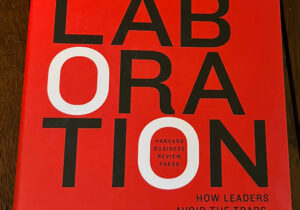Three essential steps to win a Three Minute Thesis (3MT) Competition
- Have a very powerful opening that matches your single message (powerful) slide
You face one of three situations.
- One – you are the first speaker and the audience is just settling in. They are unused to listening to very short talks, so they won’t pay adequate attention from the very beginning unless you have a strong ‘hook’.
- Second – you are speaking after someone who has given a very powerful talk. In your first few seconds you must both distract them from the earlier talk and at the same time to get them to pay attention to you.
- Third – you are speaking after someone who has not spoken well, and the audience is restless, distracted or asleep. Your opening needs to energize and excite them.
Fortunately, all three options have the same solution, and this is to make sure that your opening is both powerful and relevant to your subject. Ideally your words will link strongly to your slide, which will contain a powerful image that encapsulates your key message. An image without labels is best but if labels are necessary, do make sure that the image can be grasped in a single glance.
Here are suitable opening words suggested by a student who was studying the effects of the Mediterranean diet on health:
“Our average life expectancy is 80 years. But what about the average quality of our lives?”
- Energize your audience again in the middle of your talk and then leave them with a powerful take-home message
Just as in a novel or movie script, your short talk needs to have the equivalent of a ‘second act’. You might have used the first part of your talk to summarize the problem and outline the approach you are taking to solve it but in the middle of your talk, you need to show them what you have found and why your results are so exciting and/or important.
Try to use this transition to your results as a point where you re-energize the audience with your excitement (or other appropriate emotion) of what you found. Even if your results are not as you hoped, you should be able to create some drama around this.
Finally, always leave them with a strong take home message. Sometimes a quotation can help you here but so make sure that you say something that they well remember and that ideally will stimulate an emotional response.
- Breathe deeply, stand tall and speak out proudly
Good posture will help you feel strong and will also impress your audience. Practice deep breathing for the few minutes before your talk and then immediately before your first words. You will probably be speaking with a microphone so make sure you practice with one beforehand. Nevertheless, even if you don’t have to pitch your voice to the back of the room, do make sure that you don’t just look at the people in the front row. It’s generally a good rule to start by looking at the middle of the room and then moving your eyes a little so that you gradually include the whole audience.
For many more tips on giving a 3MT or short presentation, please download my pdf from my speaker training website.






1 Comment
Speaking to a non-specialist audience is very different than speaking to your peers – but a dirty secret is that a lot of the tricks you use for non-specialists ALSO work very well for your peers. We just call them ‘case reports’ rather than ‘anecdotes’ when we’re talking to our peers.